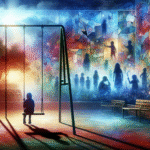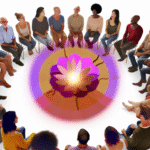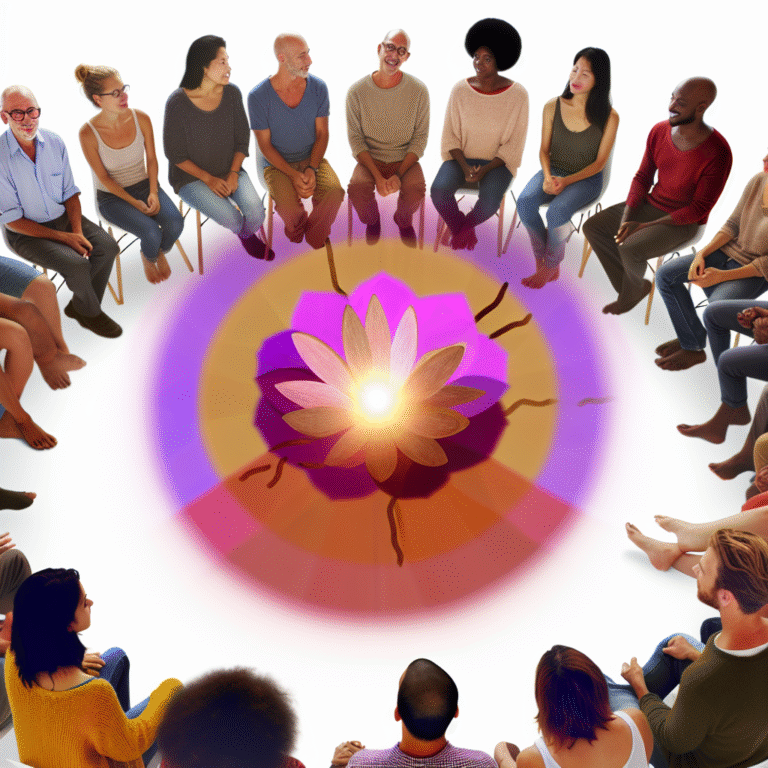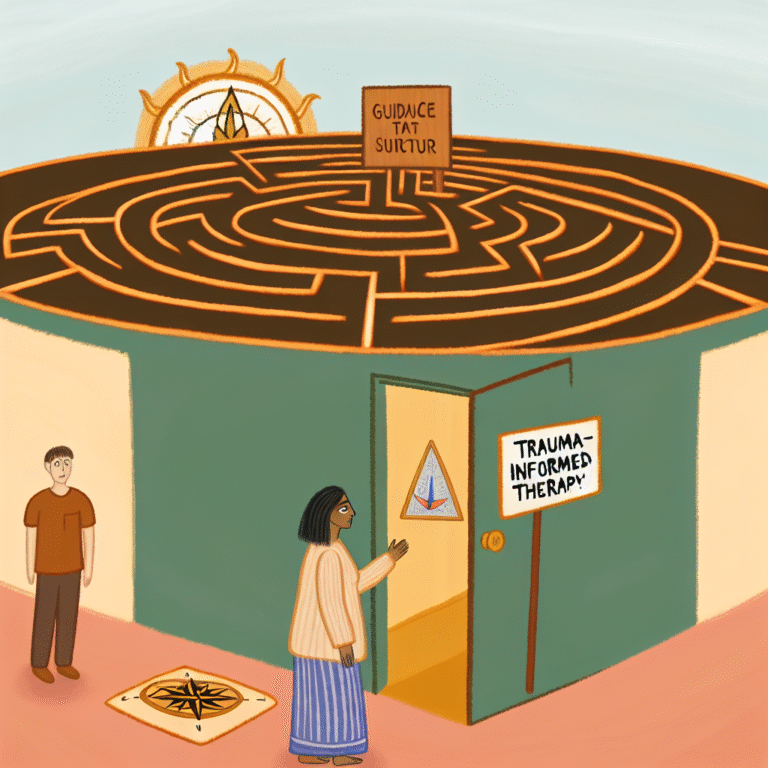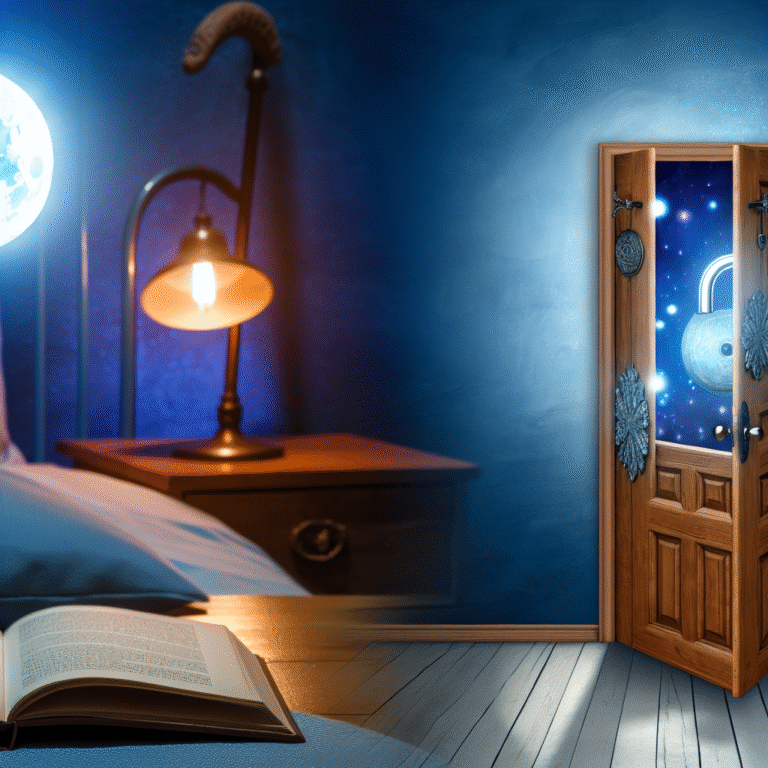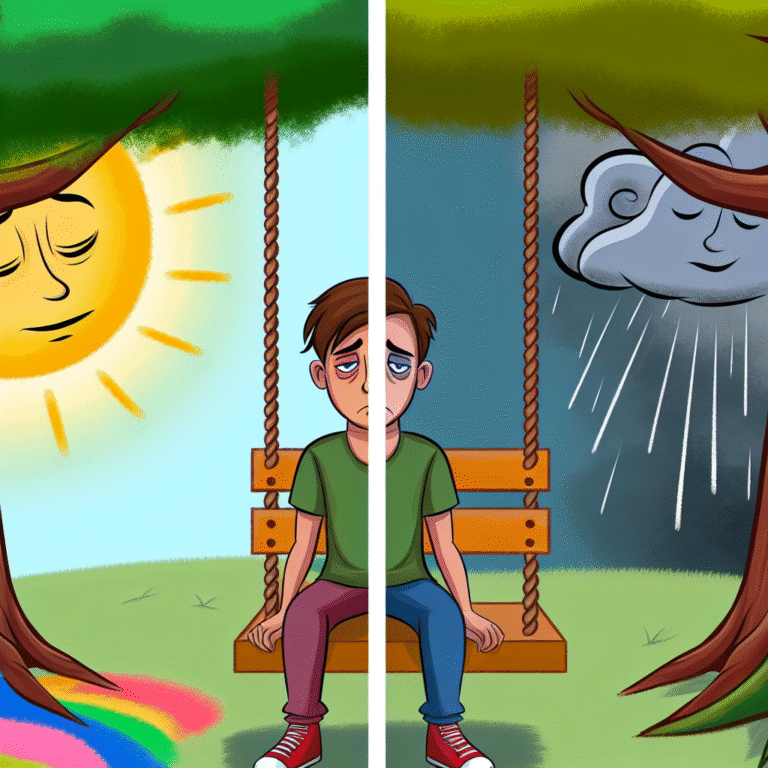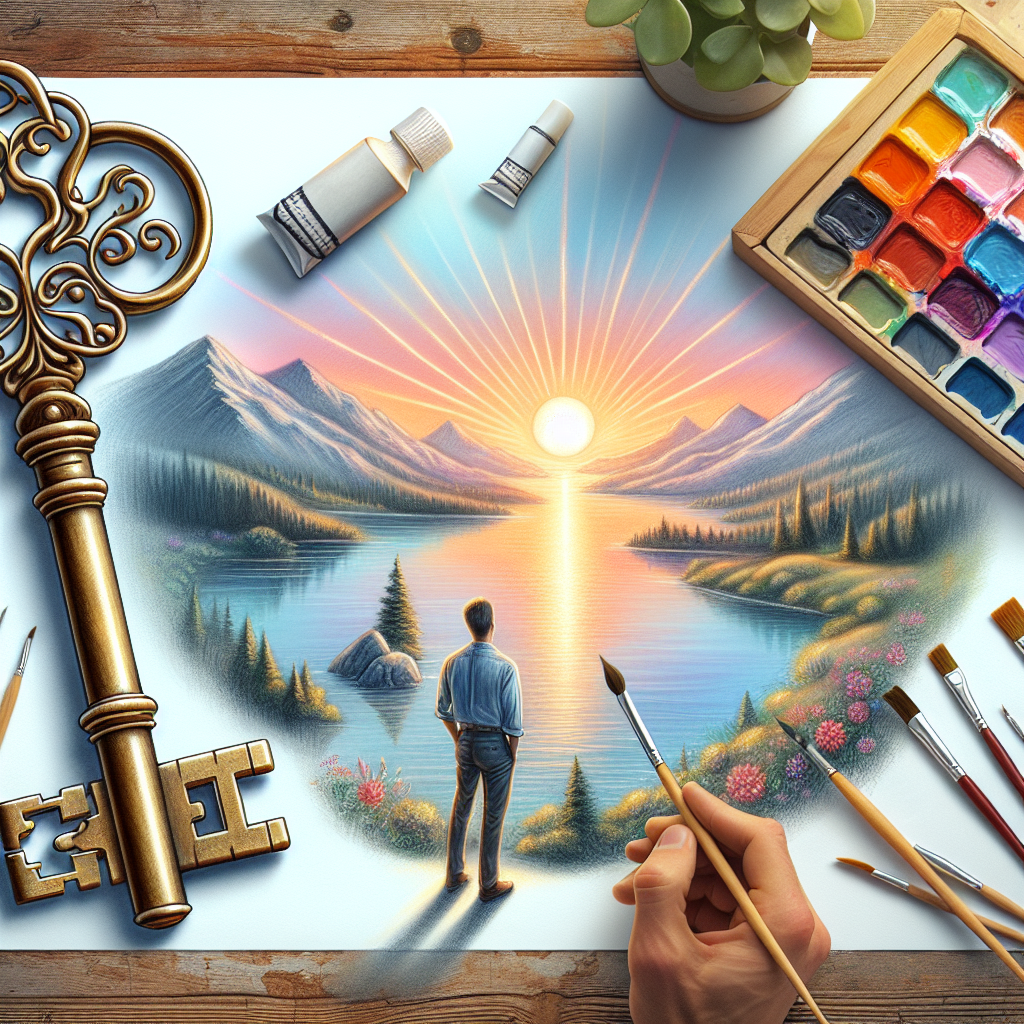
Unlocking Serenity: Essential Art Therapy Practices to Combat Anxiety
Introduction
In our fast-paced world, anxiety has become an all-too-common visitor in our lives. As societal pressures escalate, many seek methods to find tranquility and regain a sense of control. One such avenue gaining traction is art therapy—a nurturing approach that harnesses creativity as a pathway to mental wellness. In this article, "Unlocking Serenity: Art Therapy Practices to Combat Anxiety," we will delve deep into how art therapy practices can aid in alleviating anxiety, transforming chaos into calm, and ultimately unlocking the door to inner peace.
Understanding Anxiety and Its Impact
What is Anxiety?
Anxiety is more than just feeling stressed or worried. It’s a complex mental state characterized by persistent feelings of apprehension, fear, and unease. According to the Anxiety and Depression Association of America (ADAA), anxiety disorders affect over 40 million adults in the U.S. alone. The ramifications can be debilitating, influencing daily routines, relationships, and overall quality of life.
The Psychological and Physical Toll
The impact of anxiety extends beyond the mind, manifesting in physical symptoms such as headaches, exhaustion, and sleep disturbances. Understanding this comprehensive effect emphasizes the need for effective coping skills. Exploring "Unlocking Serenity: Art Therapy Practices to Combat Anxiety" proves essential as we seek innovative, holistic approaches to mental well-being.
What is Art Therapy?
A Brief Overview
Art therapy leverages creative expression to facilitate emotional healing. It is a structured form of therapy guided by licensed professionals, allowing individuals to express feelings that might be difficult to articulate verbally.
How Art Therapy Works
Art therapy operates on the premise that creative expression can lead to self-discovery, insight, and healing. Participants engage in various activities—drawing, painting, sculpting, or collage-making—to explore their emotions and experiences. This process encourages a safe space for reflection and discussion, making it an effective tool for managing anxiety.
The Benefits of Art Therapy in Combating Anxiety
Enhancing Self-Expression
One of the most significant benefits of art therapy is its ability to enhance self-expression. Many individuals struggling with anxiety may find it challenging to express their feelings verbally. According to studies published in the Journal of the American Art Therapy Association, individuals who participated in art therapy reported improved ability to articulate their emotions.
Reducing Stress
Creating art can act as a meditative practice, reducing stress levels significantly. When engaged in artistic activities, individuals often enter a ‘flow state,’ where their minds focus on the present moment, allowing anxiety to fade temporarily.
Building Coping Skills
Art therapy equips individuals with various coping strategies. Through artistic exploration, participants can learn to regulate their emotions, tackle challenges head-on, and cultivate resilience.
Art Therapy Techniques for Alleviating Anxiety
1. Guided Imagery with Art
Guided imagery combines visualization techniques with art creation. Participants are often led through a visualization exercise, after which they express their experience through art. This practice enhances relaxation and emotional release.
Case Study: A 35-year-old woman suffering from panic attacks utilized guided imagery followed by painting to visualize her fears. The exercise helped her gain clarity and led to significant reductions in her anxiety levels.
2. Stress Relief Through Collage-Making
Collage-making allows individuals to cut and paste various imagery, which can represent their feelings and experiences. This technique encourages self-reflection and has been proven effective in stress relief.
Case Study: A 22-year-old man created a collage representing his chaotic thoughts through disconnected images. By visualizing and organizing his feelings, he felt a sense of control that had eluded him.
3. Expressive Painting
Engaging in free-form painting can unlock emotions trapped within. This non-judgmental process of splashing colors and shapes onto the canvas allows for subconscious feelings to surface.
Case Study: A group of anxious adolescents took part in expressive painting sessions, leading to greater emotional awareness and improved peer relationships as they shared their experiences.
Creating an Art Therapy Space at Home
Design Your Environment
Creating a calming space is crucial when implementing art therapy practices at home. You can incorporate elements that foster serenity, such as:
- Natural light or soft lighting
- Comfortable seating
- A variety of art supplies, including paints, pastels, and clay
- Soothing music or ambient sounds
Incorporating Mindfulness
Make art therapy a mindfulness practice by focusing solely on the act of creating. Try to silence your inner critic and immerse yourself in the process rather than the outcome.
Developing a Routine
Establishing a routine is key. Set aside regular intervals—be it once a week or a few times a month—to dedicate to your art therapy sessions. Consistency reinforces the benefits you are seeking and creates a ritual of relaxation.
Real-World Applications of Art Therapy
Schools and Counseling Centers
Many schools are integrating art therapy practices for students experiencing anxiety. Allowing students to engage in creative expression can significantly reduce stress levels and improve academic performance.
Hospitals and Rehabilitation Centers
Art therapy has been employed in various medical facilities, helping patients cope with chronic illnesses or mental health struggles. The expressive nature of art allows individuals to navigate their feelings regarding their conditions.
Conclusion
As we’ve explored throughout this article, art therapy practices serve as a powerful ally in "Unlocking Serenity: Art Therapy Practices to Combat Anxiety." By engaging in creative expression, individuals can not only cope with anxiety but transform it into a source of strength and resilience. The journey toward mental wellness need not be solitary; with the right tools and guidance, you can unlock your path to serenity.
Art therapy offers a canvas of possibilities. The complexities of life can be daunting, but through creative expression, we can find clarity, calm, and perhaps even joy in the journey.
FAQs
1. Can anyone participate in art therapy?
Yes, art therapy is accessible to people of all ages and backgrounds. No prior artistic experience is necessary.
2. How do I find a qualified art therapist?
You can search through organizations such as the American Art Therapy Association (AATA) for licensed professionals in your area.
3. Is art therapy effective for everyone?
While art therapy can be incredibly beneficial for many, individual experiences may vary. It’s essential to find a method that resonates with you personally.
4. How long does an art therapy session typically last?
A standard art therapy session usually lasts about 45-90 minutes, depending on the structure of the program.
5. What materials should I use for at-home art therapy?
The materials can vary based on personal preference. You might explore using watercolors, colored pencils, clay, and even recycled materials for collage-making.
By exploring the world of art therapy, you begin to pave the way to a calmer and more serene existence, combatting anxiety with each brushstroke and creative engagement. Unlock your serenity today through art!
